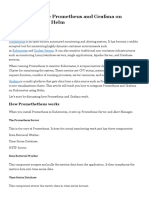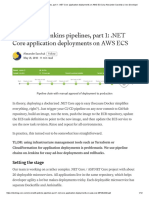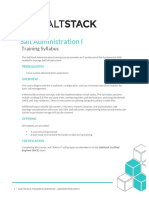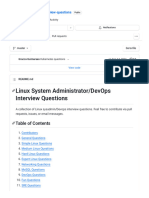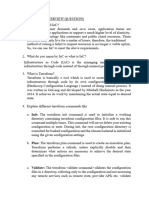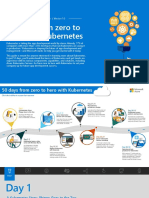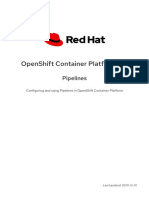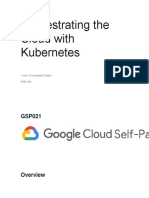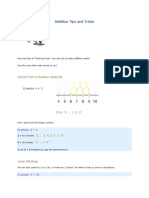0% found this document useful (0 votes)
112 views18 pagesKubernetes Deployment Strategies
There are several strategies for deploying new versions of applications on Kubernetes:
- Recreate terminates the existing version before deploying the new one, causing downtime. Ramped deploys new versions incrementally to avoid downtime but takes more time. Blue/green deploys both versions simultaneously before switching traffic.
- Canary and A/B testing route a percentage of traffic to the new version to test performance before full deployment. Shadow deploys the new version without impacting traffic to perform load testing.
- The best strategy depends on factors like impact of changes, testing approach, and budget. Ramped and blue/green generally work best for production. Canary and A/B testing allow
Uploaded by
dghenriqueCopyright
© © All Rights Reserved
We take content rights seriously. If you suspect this is your content, claim it here.
Available Formats
Download as PDF, TXT or read online on Scribd
0% found this document useful (0 votes)
112 views18 pagesKubernetes Deployment Strategies
There are several strategies for deploying new versions of applications on Kubernetes:
- Recreate terminates the existing version before deploying the new one, causing downtime. Ramped deploys new versions incrementally to avoid downtime but takes more time. Blue/green deploys both versions simultaneously before switching traffic.
- Canary and A/B testing route a percentage of traffic to the new version to test performance before full deployment. Shadow deploys the new version without impacting traffic to perform load testing.
- The best strategy depends on factors like impact of changes, testing approach, and budget. Ramped and blue/green generally work best for production. Canary and A/B testing allow
Uploaded by
dghenriqueCopyright
© © All Rights Reserved
We take content rights seriously. If you suspect this is your content, claim it here.
Available Formats
Download as PDF, TXT or read online on Scribd
/ 18



